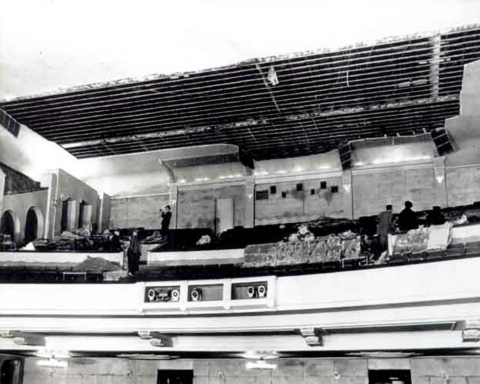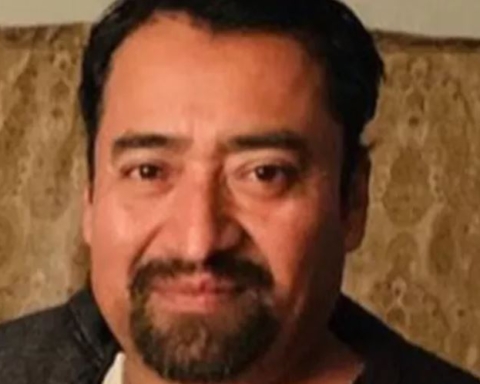In the vast panoply of confusion, cost overruns, delays and miscommunication that is the California High Speed Rail project, it is entirely fitting that no one can figure out what Gov. Gavin Newsom’s major announcement about the project means.
I think he wanted to look like he’s against it without being against it. Anyway, it was not his finest hour in communicating, and that’s entirely in keeping with the finest traditions of High Speed Rail.
The people who hate the project – and, boy, do they hate the project – were dancing in the streets to the tune of, “Ding, Dong, the Witch Is Dead.” Its defenders, and there are many, were perusing the governor’s statements like it was some ancient, oracular text that would reveal untold secrets to the universe.
All Newsom did was acknowledge the obvious – the only part of the project that is capable of going forward is the Central Valley stretch, and it is meaningful that he wants it to be a high-speed rail, and not a regular rail line as initially proposed by the Wizards of High Speed Rail.
The rest of the HSR project was a mess, at best, and, despite the nightmares of Peninsula opponents, the statewide rail system was not coming to the area in the foreseeable future.
That it won’t go from San Jose to San Francisco is particularly amusing given the hilariously ambitious desires of those two cities at either end of the bay. Each of them is so hungry to have the train (and be Very Important) that they went ahead and planned (SJ), or built (SF), two versions of the “Grand Central Station of the West.” It should be noted that the rail station in New York City does not call itself the Grand Central Station of the East. As an aside, it’s an interesting and longstanding tradition in American history for communities to lust after train service, so some things never change.
Anyway, all you HSR-haters in Atherton, I’m sorry to tell you that High Speed Rail is not dead. The organization has not been dissolved. The project has not been repealed.
In fact, the betting is that once an actual high-speed system is in place, in this case in the Central Valley, public attitude will shift dramatically, people will want to know why they don’t have it and it will spring back to life. That’s not just my opinion, but one held by a lot of people who are frustrated that the United States is a Third World country when it comes to rail.
So, it could be argued, Newsom actually has saved High Speed Rail. Not incidentally, there’s another reason Newsom doesn’t want to be killing the project, which our president seized upon immediately – there is $3.5 billion in federal funds in the project.
Meanwhile, this is good news for our favorite railroad, Caltrain, which is known as the Caltrain of the West. Full disclosure: I worked at Caltrain for 13 years.
Because the Caltrain right of way seemed an ideal path for the final northern leg of the statewide rail system, High Speed Rail struck a deal that made the two rail agencies partners: High Speed Rail would help pay to electrify Caltrain, so that when HSR was ready, it would have a necessary infrastructure in place.
It has been a bumpy relationship, largely because the subsequent Wizards of High Speed Rail didn’t like the deal made by their predecessors. What the successors didn’t fully grasp is how ready Peninsulans were to fight HSR and that the only way the rail line was going to be allowed to go from San Jose to San Francisco was under the umbrella of goodwill enjoyed by Caltrain. In short, it was the only deal HSR could make at the time.
The agreement left Caltrain in charge of its own right of way and HSR wanted more authority over how many trains they could run on the Peninsula, how often and where the train could stop. It has led to some odd decisions, the strangest being an argument over the height of the platforms at the shared rail stations, which resulted in an absurd multi-door design on the new electric rail cars Caltrain is buying.
Newsom’s announcement also means many of those arguments are likely to continue. High Speed Rail backed Caltrain’s electrification project to the tune of $713 million or nearly one-third of the total cost of the project. And the state kicked in another $165 million for the new electric rail cars. The state is a substantial investor in Caltrain’s electrification project and, understandably, some officials think they should have some sway over how electrification can affect the ultimate destiny of High Speed Rail.
Right now, though, the Peninsula is one of the few places that will benefit from the High Speed Rail project in the form of a modernized Caltrain with more service, more frequently and rail cars fully armed with WiFi. All in all, High Speed Rail has been a good deal for the Peninsula and the modernization of Caltrain would still be little more than a plan without the HSR money.
Contact Mark Simon at mark.simon24@yahoo.com.
*The opinions expressed in this column are the author’s own and do not necessarily reflect the views of Climate Online.
Photo credit: California Governor’s Office






